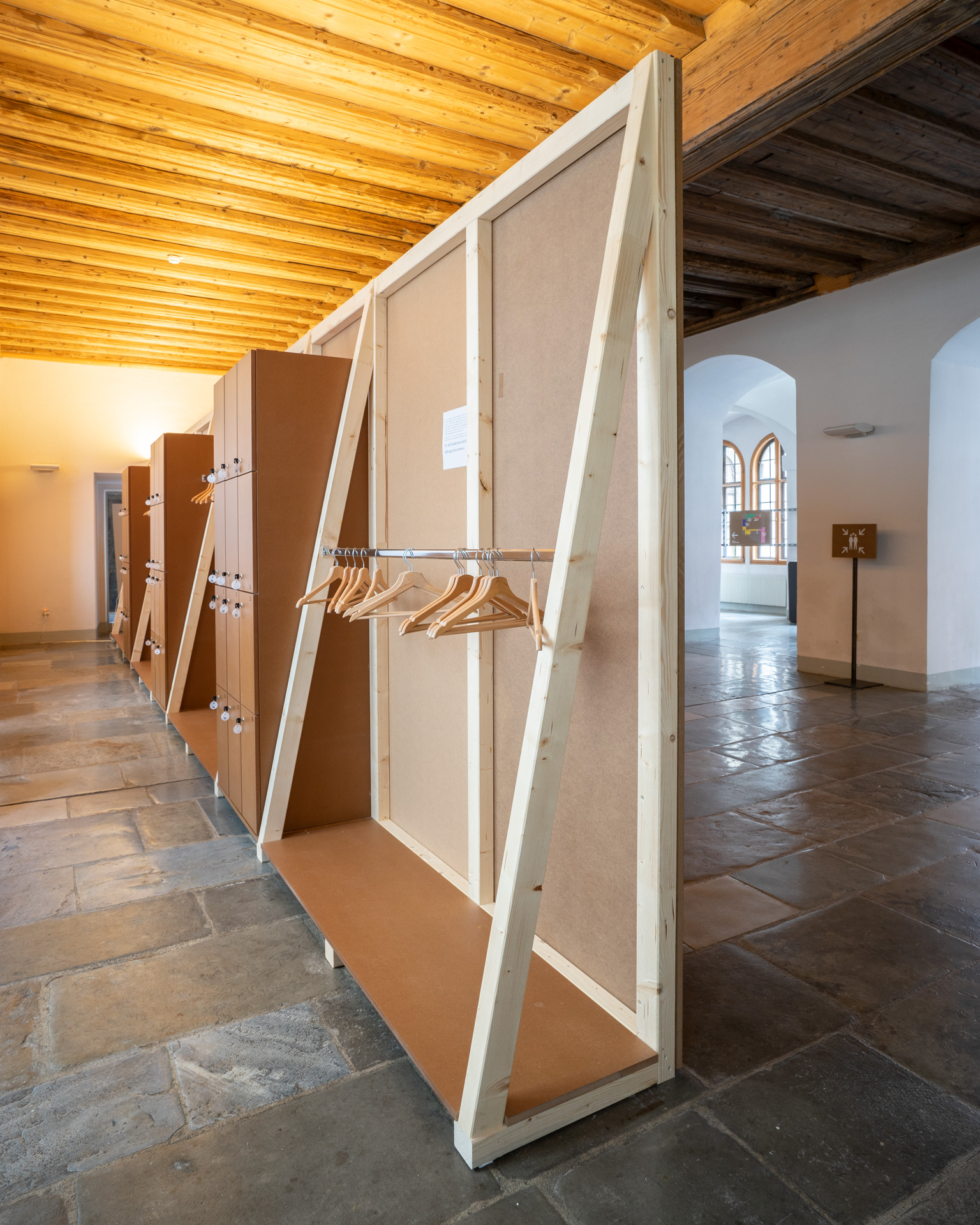Loading …
800 Years Diocese Graz Seckau
Communication Design & Exhibition Design
Something that seemed so traditional and not really progressive caught our curiosity. Because a self-critical catholic church that openly and seriously initiates a dialogue about the future promised to be interesting at least. How can you design and communicate an anniversary – 800 years of a Styrian diocese – in a sacral context? This challenged and motivated us to realize a project that was based on burning contemporary questions as a principle.

A different kind of anniversary
The five exhibitions were centered around 8 different questions which mediated between church and art, the sacred and the profane. The questions reinterpret traditional clerical places and open a dialogue between the history of the Styrian church and a perspective for the future. Many different events all over Styria complimented the main events.

They are amazingly topical, the questions that people have been asking themselves again and again for more than 2000 years.
Self-reflective and open
A lively and local discussion setting was established on eight stages in eight different Styrian villages. Interested people were invited to comment, criticize and philosophize around the eight key questions and there possible answers on location, as well as on the according website that featured a question each week.

Editorial design

Interactive dialogue
The mobile website was accompanied by social media activities. The intense participation of users – not only from within the church – confirmed the general social brilliance of the topics.

Webdesign Mobile First
Exhibition „Burden and Inspiration"
The exhibition architecture within a heritage-protected Jesuit college from the 16th century reacts naturally and puristically to the place. The plain material – raw and directly imprinted MDF boards – perfectly integrated displays and furniture of the exhibition into the historic architecture and at the same time underlined the contemporary character of the exhibition. It was spread throughout the whole building and followed along the central 8 questions of the anniversary. The exhibition design connects the historic retrospection with contemporary art interventions, and at the same time it allows a direct view of unique baroque spaces.











